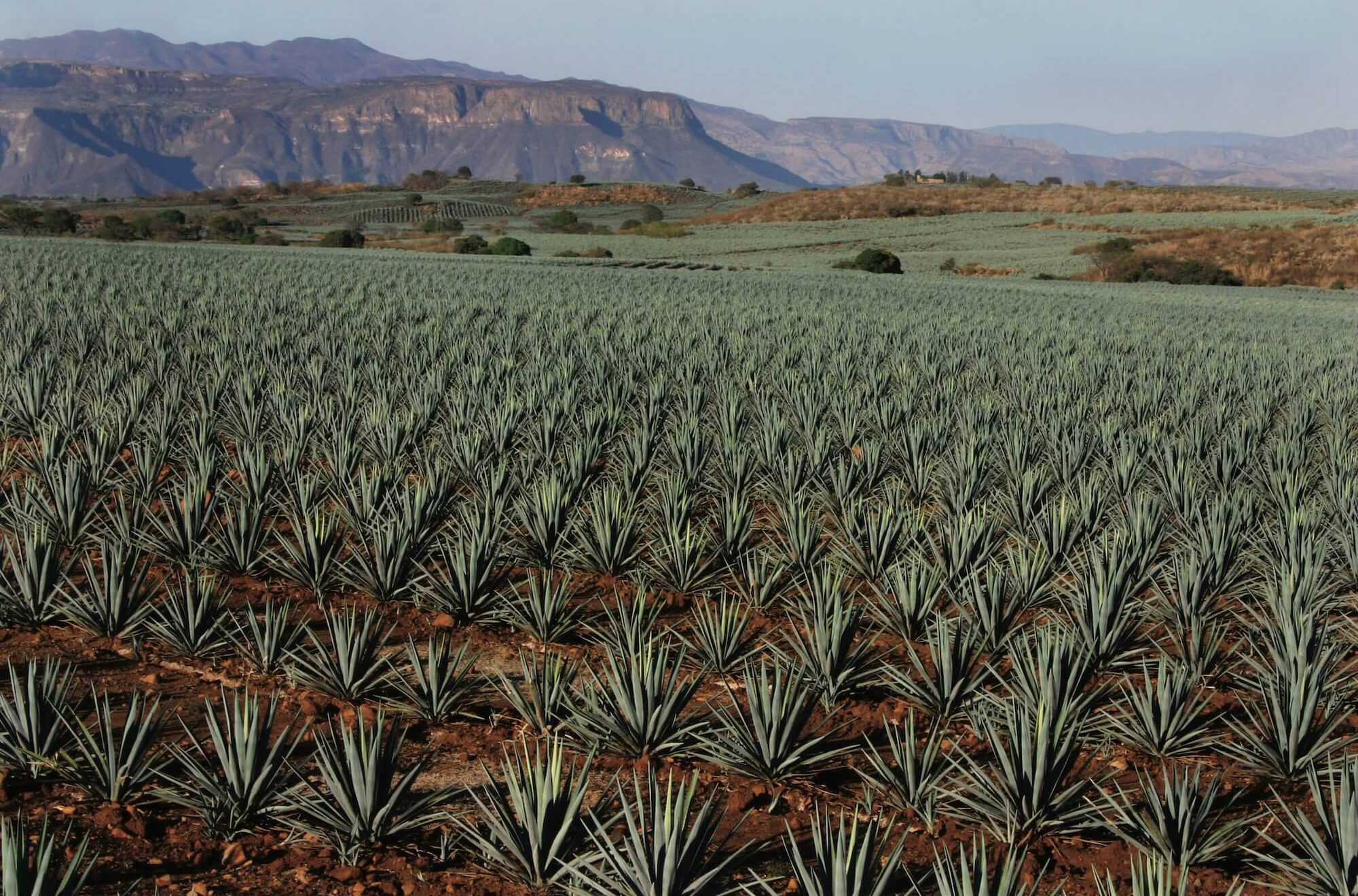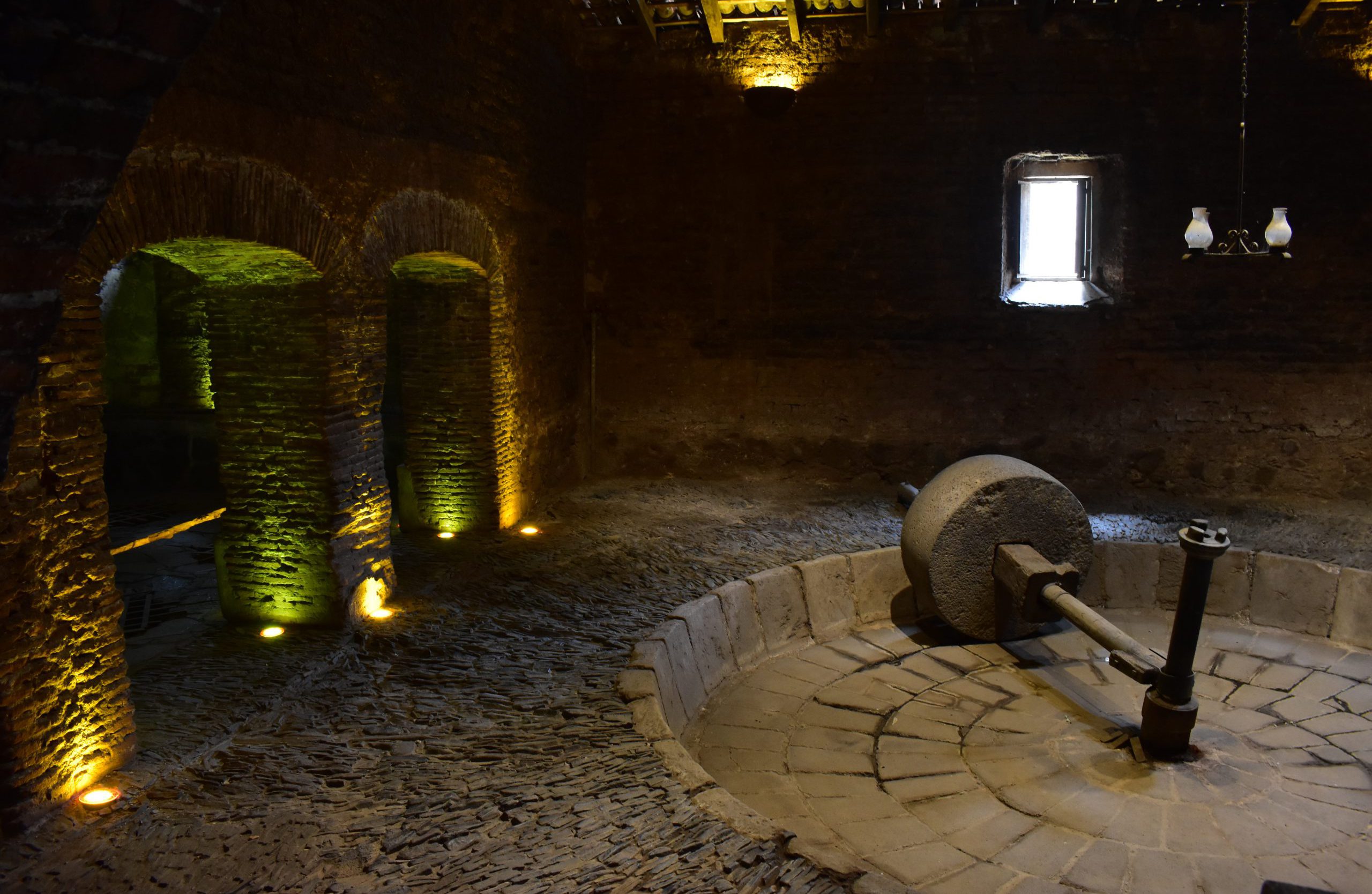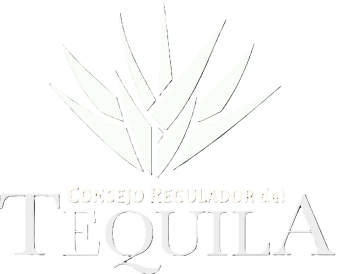The inscription confirms the universal and exceptional value of this cultural site that deserves protection for the benefit of all humanity.
The agave landscape is part of the Tequila Route, comprising 34,658 hectares of the municipalities of Arenal, Amatitán, Tequila, Magdalena and Teuchitlán in Jalisco.
By providing training to tour guides, the Tequila Regulatory Council A.C. (CRT) aims to continue disseminating the Culture of Tequila and its history. CRT.
Zapopan, Jalisco, July 12, 2024.- It was on July 12, 2006 that the Agave Landscape and the Old Tequila Industrial Facilities were inscribed on the UNESCO World Heritage list (United Nations Educational Organization, Science and Culture), upon meeting the criteria for appointment.
For the Tequila Regulatory Council A.C. (CRT), this inscription holds immense significance. Therefore, the CRT focuses on training tour guides and service providers to ensure that the rich history and culture surrounding Mexico’s national drink are effectively disseminated..

“For the CRT, the professionalization and training of tour guides and service providers is very important because they are the ones who receive and guide national and foreign visitors, conveying the essence of our drink: its regulations, production processes, characteristics, and rich history, including the significant milestone of the Agave Landscape and the Old Industrial Facilities of Tequila being inscribed on the World Heritage List,” explained Michelle Marroquín Montaño, part of Promotion and Marketing Team of the Tequila Route at the CRT.
This landscape is part of the Tequila Route, one of Mexico’s premier tourist destinations . It encompasses 34,658 hectares across the municipalities of Arenal, Amatitán, Tequila, Magdalena, and Teuchitlán nestled between the Tequila volcano and the deep valley of the Rio Grande.
To be inscribed in the World Heritage List, sites must possess exceptional universal value. In the case of the Agave Landscape and the Old Industrial Facilities of Tequila, these values are evident in their unique characteristics within a global context. The UNESCO-designated site demonstrates a remarkable cultural continuity, with roots deep in the pre-Hispanic period, showcasing the harmonious interaction between human ingenuity and the natural environment.

The agave landscape in each municipality plays a vital role in the history of Tequila and provides the environment to produce our national drink. It exemplifies the hard work and dedication of the local communities in cultivating a successful and productive cultural landscape.
To know:
Timeline of the Agave Landscape and Old Industrial Facilities of Tequila World Heritage Inscription:
2001 The nomination of the Agave Landscape and the Old Industrial Facilities of Tequila as World Heritage began to be developed.
2002 The Government of Mexico defined before UNESCO the National Indicative list of sites with the potential to obtain this international recognition.
2004 Research concluded
2005 The official delivery of the technical application file was carried out.
2006 The registration of the Agave Landscape and the Old Industrial Facilities of Tequila was achieved.

